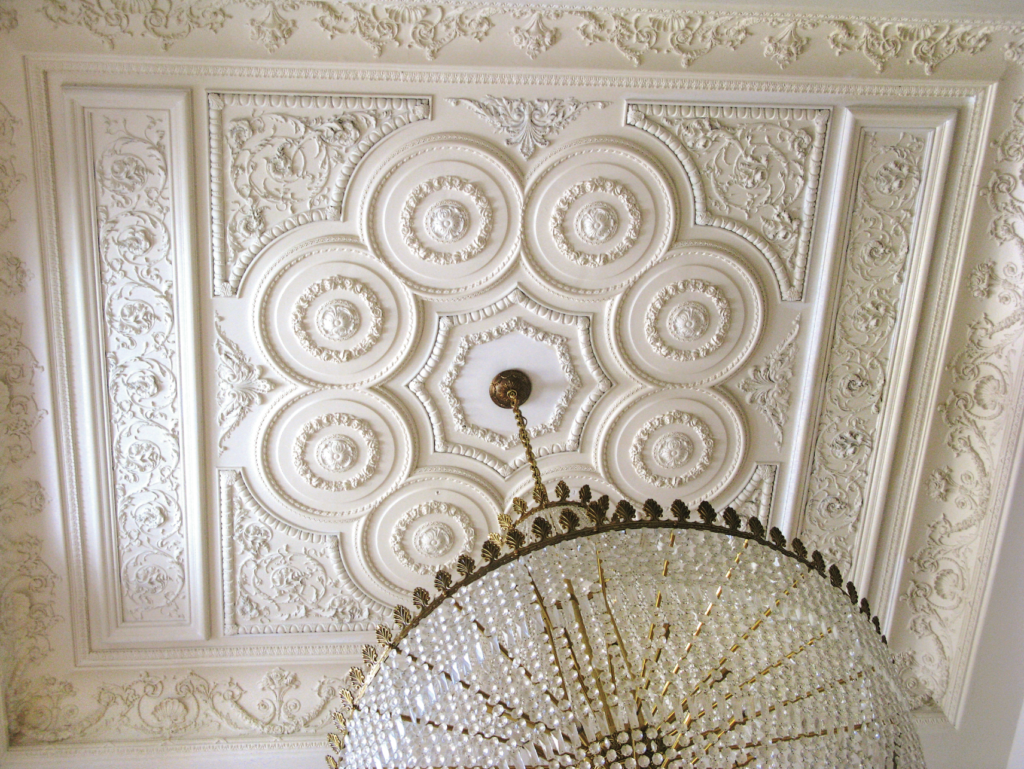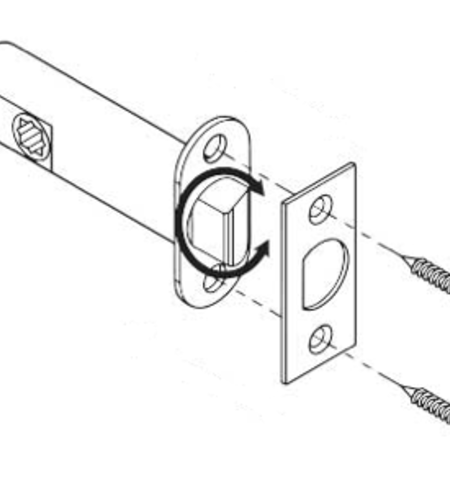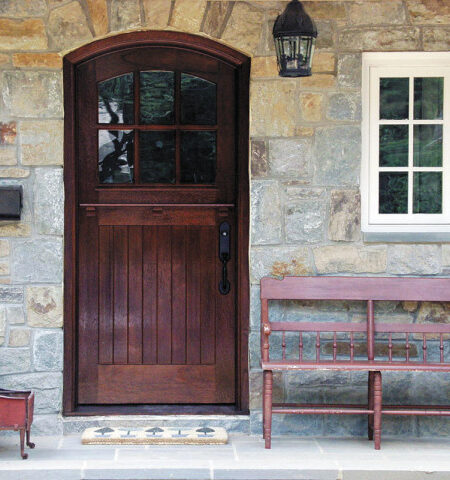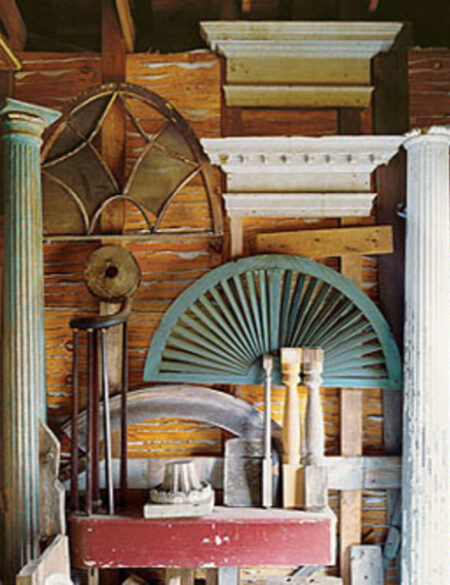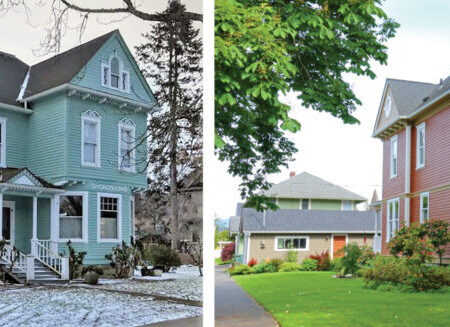This content was originally published on OldHouseOnline.com and has been republished here as part of a merger between our two businesses. All copy is presented here as it originally appeared there.
In one corner of my living room, the decorative tin ceiling (egg-and-dart pattern) is rusting. I have fixed the source of the water and have tried to repair the deteriorated spots using several methods but without success. What do you recommend?
If the sheet steel that is the base of your ‘tin’ ceiling hasn’t rusted completely through, your best bet is to gently remove the rust with fine steel wool or an emery cloth. Once the metal is clean, you should apply a coat of rust-inhibiting primer and paint the entire ceiling with an oil-based paint. If the rust has gone right through the metal, your best option is to replace the damaged sections with salvaged or reproduction panels. Do not fill gaps with metal-patching material because reconstructing the detail is too difficult, but small gaps can be sealed with latex caulk.
Luckily, the egg-and-dart pattern you have was very common and is still manufactured, so you should be able to find a good match. Several companies still sell metal ceiling panels made from the old patterns. Check the online edition of OHJ’s Restoration Directory for a complete list.
I have lost two of my favorite issues of OHJ that contained articles describing how to deal with calcimine paint (April and June 2001). Is there any other place I can read up on this subject?
There’s little other significant reading in print or online about dealing with calcimine. However, the good news is there isn’t that much to say.
Calcimine (or kalsomine), which was popular for a flat, pastel look on ceilings and walls up to the 1930s, is the most indelible of paints, basically chalk and pigment in a glue binder that was mixed with water. Easily washed off, calcimine becomes the bane of old-house owners when it starts to loose its grip after years of being overcoated with layers of oil paint.
If you’re painting a peeling ceiling or wall, your best bet for removing the first layer of calcimine is a simple matter of working with brushes, scrapers, and water mixed with TSP or a little vinegar (to soften the calcimine) and lots of elbow grease.
Is your plaster ceiling sagging or cracking? Learn how to perform your own plaster ceiling repair!
Have questions about your old house? We’d love to answer them! Please send us your questions!


